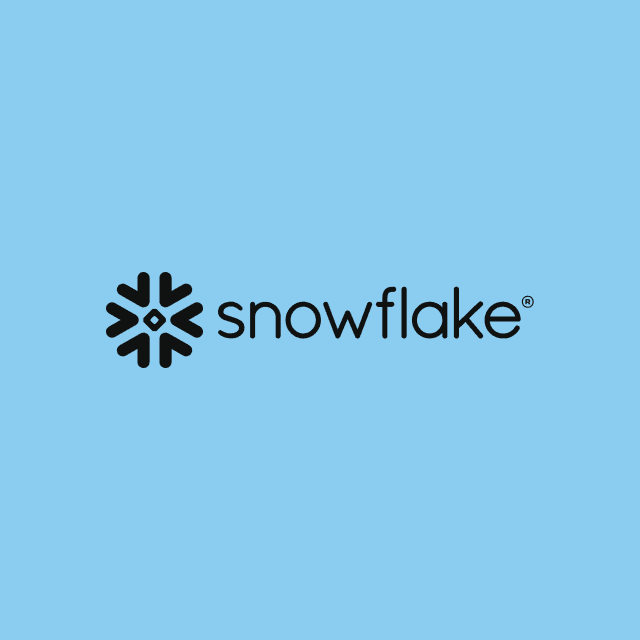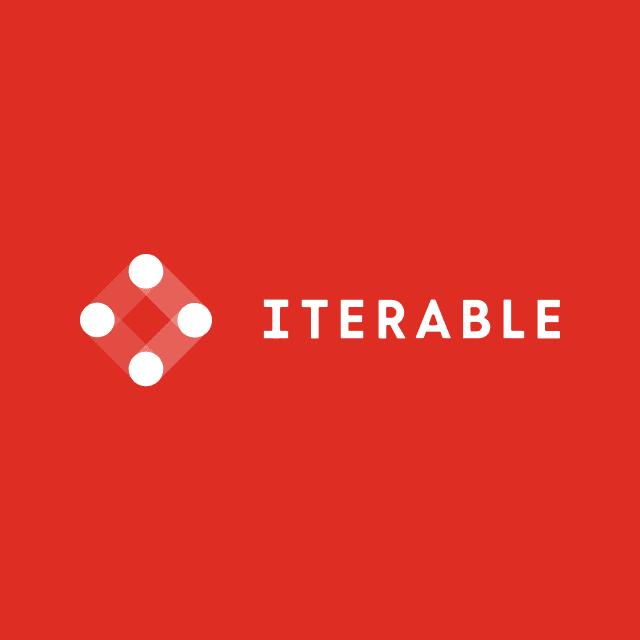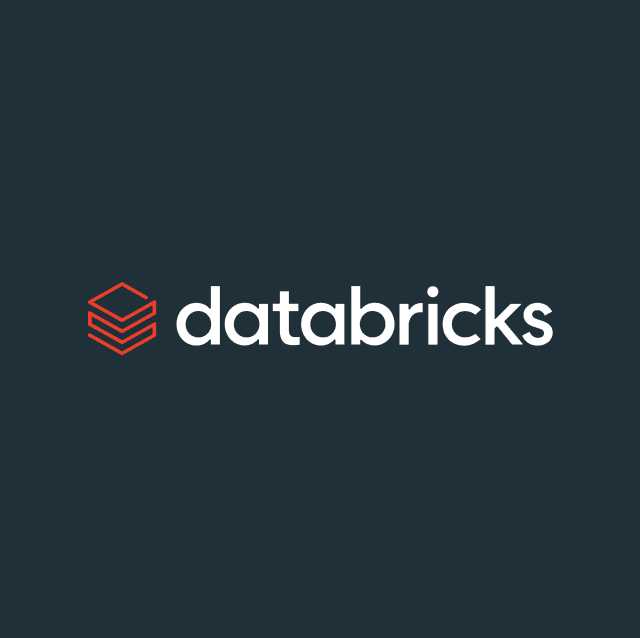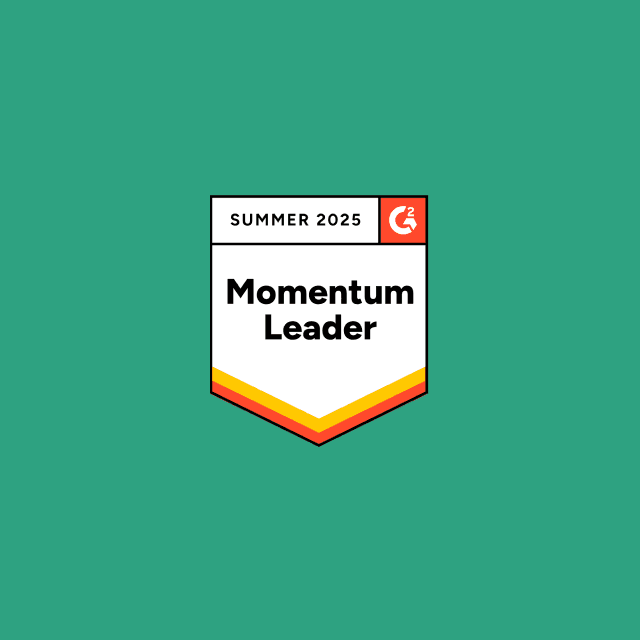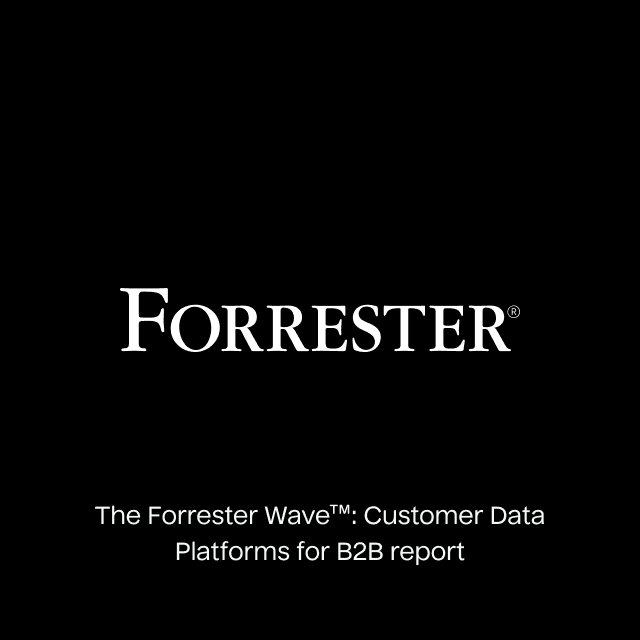As we enter 2023, the way organizations collect data and track users’ online behavior has to change - quickly. Historically, many businesses relied on third-party cookies to collect much of this information. These third-party cookies were used to track users’ online behavior and collect data for targeted advertising and personalization. However, there have been growing concerns from users about their lack of transparency and control over how their data is used. As a result, many browsers, such as Firefox and Safari, have already begun blocking third-party cookies. Google has also announced that it will phase out the use of third-party cookies in the second half of 2024. This has caused many businesses to consider alternative ways to track users’ online behavior to ensure they can still deliver the personalized experiences expected by the modern consumer.
This article will look at alternative data strategies for 2023 to ensure you can carry out your targeted advertising and personalization without privacy and data security challenges.
Before we begin, let’s clarify some important terms.
First-Party Data
First-party data refers to any data gathered directly from customers or users of your company. For instance, an e-commerce site would collect data such as personal information, what pages customers most often visit, and how much money customers have spent to enhance their retargeting audiences.
Create 360° User Profiles in your Warehouse
Learn how to stitch your existing customer data into rich, actionable profiles directly in your data warehouse without writing a line of code.
Download this document to learn more about Hightouch's Adaptive Identity Resolution and how warehouse-native identity and entity resolution empowers companies with the best-possible uses for their data.


Second-Party Data
Second-party data is shared by one organization with another, typically with the intent of creating a mutually beneficial partnership. This data is generally collected and owned by the first organization and is shared with the second organization to provide additional insights and value. For example, a travel booking site could purchase a hotel’s first-party data to target audiences of users with ads for Black Friday travel packages to their favorite destinations.
Third-Party Data
Third-party data is owned and sold by a separate organization or individual and is often aggregated from multiple sources. Third-party data can include a wide range of information, such as demographic data, online behavior data, purchase history data, and more. It is often collected through cookies, tracking pixels, and other tracking technologies and is then sold or shared with other organizations for various purposes. For example, a large retail media network may supplement third-party data like income range to their own targeting data set.
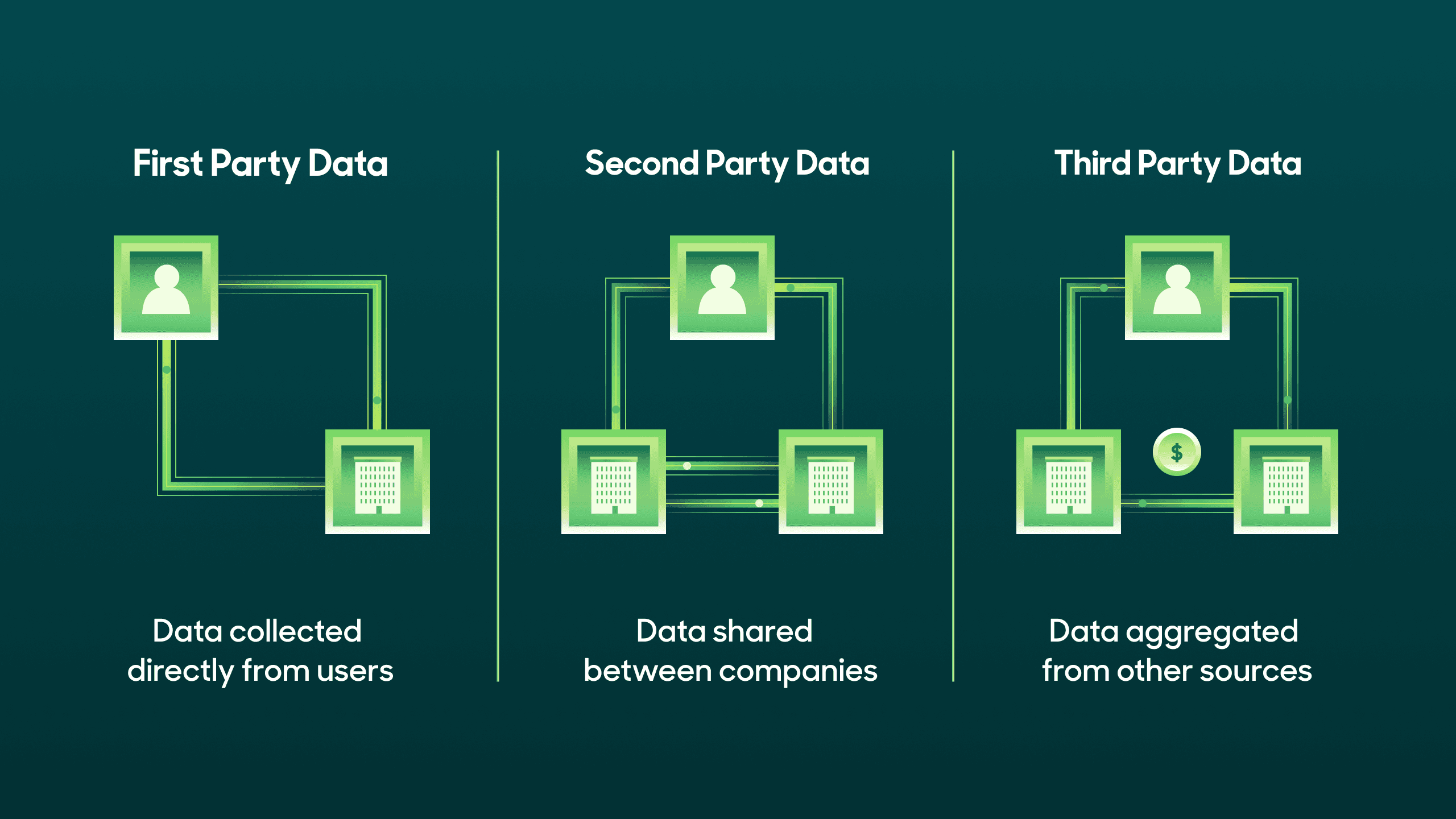
The Importance of First-Party Data
As mentioned above, with the death of third-party cookies, more emphasis is put on collecting data directly from your customers, which is why more businesses are finding ways to collect and rely on their consented first-party data.
First-party data is more valuable and reliable than third-party data, as it is directly provided by the consumers, meaning there is more control by the organization and can be more accurately linked to specific customer actions and behaviors.
The importance of first-party data lies in its ability to provide a more accurate and complete picture of customer behavior and preferences. By collecting and analyzing first-party data, organizations can gain insights into their customer’s needs and preferences and tailor their products, services, and communications to better meet those needs.
Building a First-Party Data Strategy
More and more companies are putting more emphasis on creating an architecture that executes their first-party data strategy. A winning architecture makes collecting data easy and produces a 360-degree customer view to gain deeper insights and take action on their customer data.
The most suitable modern architecture businesses have chosen is the composable CDP. The composable CDP has all the elements needed to implement a first-party data strategy and gives the freedom to select the best of breeds tooling.
To start building a successful first-party data strategy, follow the steps below.
Identify Goals and Objectives
Before you begin, it’s important to understand why you are collecting first-party data. Setting goals and objectives will direct you to what data needs to be collected to ensure you have everything when you come to take action on it.
Create a Plan for Data Collection
Once it’s clear what data you want to collect, you need to decide how to collect first-party data and where it’s stored. Some ways to collect it are using:
- Simple online surveys and polls to collect data directly from customers.
- Web analytics tools like Google Analytics to collect data on website visitors, such as their location, demographics, behavior, and interests
- Behavior data platforms such as Snowplow to collect data within a product or application, such as when a user triggers a certain event like adding to cart.
Keeping the first-party data in the tool that collected it isn’t enough. To enable the personalized marketing experiences expected by consumers, you need to be able to analyze and take action on your first-party data.
To do so, organizations are now turning to their data warehouse to act as the store of all their customer data. Once data has been collected with tools like Fivetran and Snowplow, it is stored in the data warehouse, modeled, and activated for your many business applications with Hightouch to power targeted advertising campaigns and personalization. This architecture has been coined as the Modern or Composable CDP.
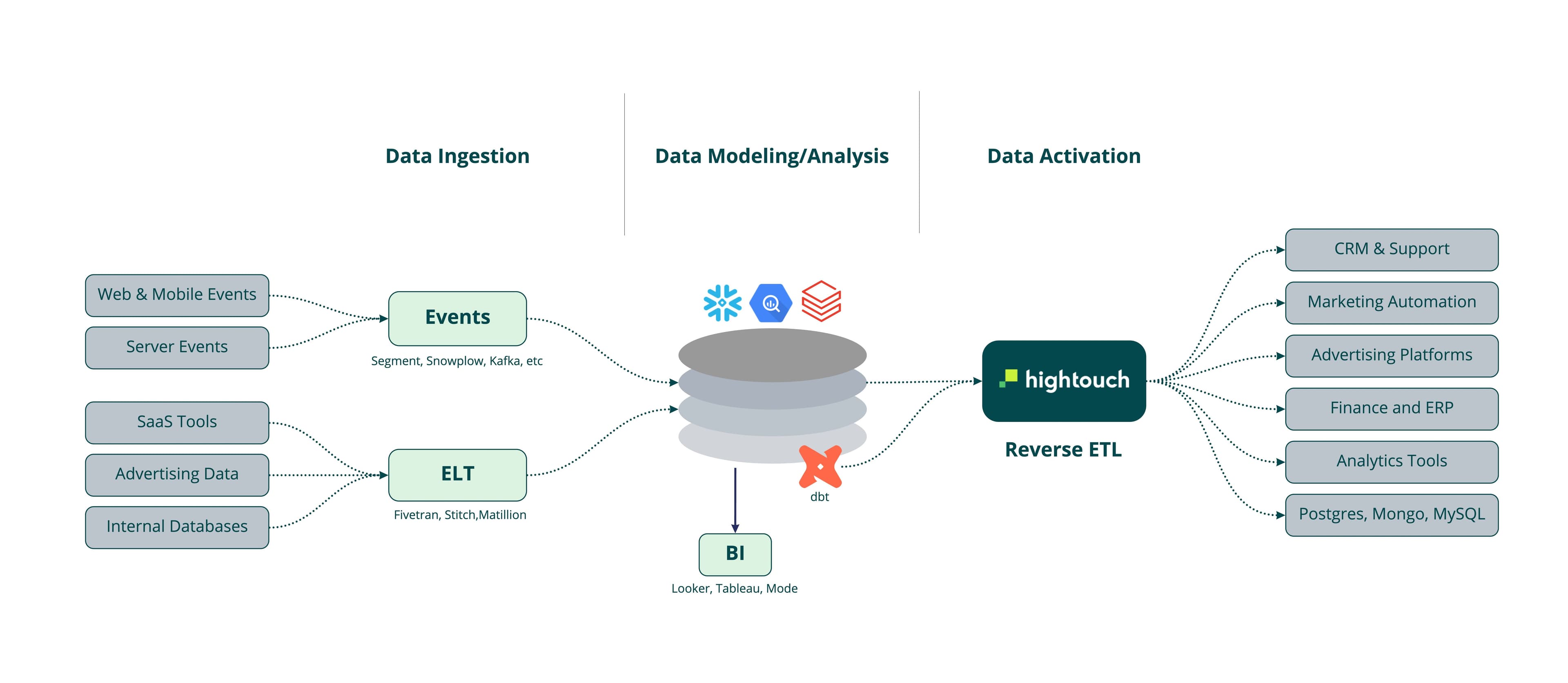
Define and Implement Data Governance and Privacy Policies
Now that you have the means to collect and store data and take action, you need to establish clear governance and privacy policies for the first-party data, including how the data will be collected, stored, used, and shared. Clear data governance will ensure that the data is used ethically and complies with relevant laws and regulations.
Develop and Implement Data-Driven Initiatives
As mentioned before, now that you have the data centralized, it's ready for action. Hightouch uses Reverse ETL to take your centralized data and send it downstream to the tooling where the action takes place.
With the goals and objectives that you set at the beginning, you can start making initiatives such as targeted marketing campaigns, personalized customer experiences, and new lookalike audiences.
Monitor and Adjust the Strategy
Finally, you should regularly monitor and evaluate your first-party data strategy to ensure it achieves your goals and objectives. You should also be prepared to adjust the strategy to reflect changes in the business environment and customer needs. By following these steps, you can build a successful and effective first-party data strategy.
Leveraging Second-Party Data
Thankfully, you don’t have to rely solely on first-party as part of your data strategy. You can utilize second-party data. In the definition of second-party data, you share data with another organization, creating a beneficial relationship. Both companies can then access further data they otherwise wouldn’t have, allowing both to enrich their own first-party data and, with analysis, discover insights that otherwise would have been concealed.
Using a data clean room is the perfect way to leverage second-party data without privacy concerns.
A data clean room is a secure and controlled environment where two parties can share their first-party data. The data in the data clean room is then matched using commonly hashed identifiers like email addresses, phone numbers, or user IDs. Once the datasets are joined, both parties can extract value through profile enrichment, audience analysis, attribution, and activation.
Third-Party Data
Most often, organizations find that first-party and second-party data provide the most value when it comes to defining their data strategies, but this shouldn’t let you rule out third-party data.
Third-party data might not be as detailed as the customer data you have, but what it lacks in detail, you gain in scale. Typically you can access large datasets of third-party data, which can really help enrich the customer data you already have.
You can assess third-party datasets from marketplaces such as Snowflake marketplace. Snowflake marketplace has a range of different third-party data, both free and paid, such as government data, financial data, weather data, and demographical data.
The benefit of using the Snowflake Marketplace is if you have a Snowflake Data Cloud, you are a few clicks away from getting access to those datasets directly within your Snowflake Data Cloud, where you can start to analyze them.
Getting Started
As time goes by, it’s clear that a great data strategy is vital for the success of your business. If you’re not thinking about how to start collecting first-party data, you’re leaving the advantage to your competitors.
If you need more information on how to get started with the best option to implement your data strategy, download the Composable CDP ebook.




